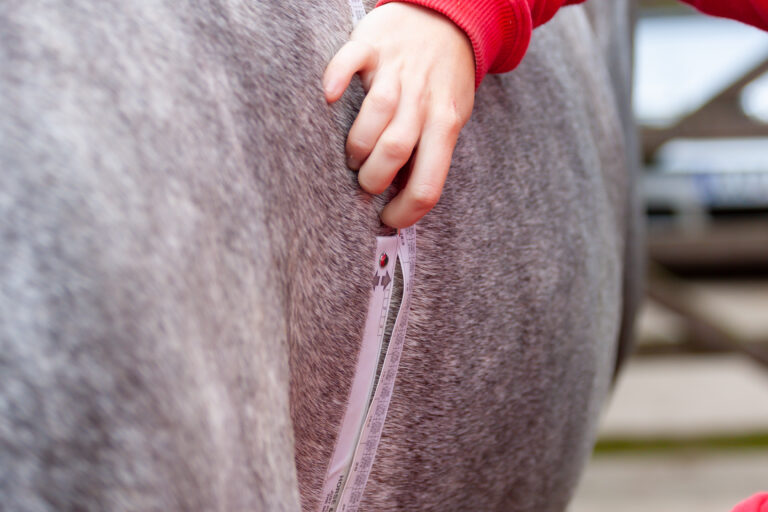
Researchers at Colorado State University recently looked at the effectiveness of many common and novel wound dressings on bacterial isolates of Pseudomonas aeruginosa, Escherichia coli, and methicillin-resistant Staphylococcus aureus obtained from the American Type Culture Collection (ATTC), as well as Streptococcus zooepidemicus from a submitted equine sample. They aimed to assess how these four equine wound pathogens respond to the following 10 antimicrobial agents:
- Polyhexamethylene biguanide (PHMB) foam
- PHMB gauze
- PHMB with hypertonic saline (20%)
- Silver sulfadiazine
- Medical-grade Manuka honey
- Commercial food-grade, store honey
- Raw, local honey
- Sugar (20%)
- Hypertonic saline (20%)
- Sterile gauze
Efficacy of Different Equine Wound Dressings
They evaluated the minimum inhibitory concentration (MIC) and the minimum bactericidal concentration (MBC). The results were as follows:
- PHMB gauze and foam were superior in killing bacteria compared to hypertonic saline, PHMB with hypertonic saline, silver sulfadiazine, and all three honey preparations.
- The MIC and MBC for all three honey preparations were comparable to sterile gauze, sugar, and hypertonic saline for all bacterial species tested.
- Local honey had an improved bactericidal effect against all the bacterial species compared to the other two forms of honey, including Manuka honey. However, the authors said it’s impossible to know if local honey is contaminated with pesticides, antibiotics, bacteria, or fungal spores.
- Manuka honey, which is free of contaminants and is pasteurized, retains an antimicrobial cytotoxic effect even with dilution.
- Most of the preparations had stronger inhibitory and bactericidal activity against the S. zooepidemicus sample obtained from an equine wound compared to the samples obtained from a microbial bank at ATTC.
Final Thoughts on Equine Wound Dressings
Using honey in a live animal is advantageous because it maintains a moist wound environment that “prevents tissue dehydration and cell death while accelerating angiogenesis, increasing breakdown of necrotic tissue and fibrin, and has the ability to potentiate interaction of growth factors with target cells.” These properties do not occur in vitro.
Based on the results of this in vitro study, the authors recommend dressing wounds with PHMB gauze and foam, which outperform the other wound dressings with regard to bacterial inhibition and bactericidal activity.
Reference
Simpson M, Hendrickson D, Hyatt DR, Rao S. Comparison of In-Vitro Bacterial Susceptibility to Common and Novel Equine Wound Care Dressings. PrePrints.org Jan 2024; DOI: 10.20944/preprints202401.1381.v1
Related Reading
- Antimicrobial Stewardship With Honey
- Maggot Debridement Therapy for Horses
- Cod-Liver Oil for Equine Wounds
Stay in the know! Sign up for EquiManagement’s FREE weekly newsletters to get the latest equine research, disease alerts, and vet practice updates delivered straight to your inbox.




